Major market players are spending a lot of money on R&D to increase their product lines, which will help the Ultra-thin Glass market grow even more. Market participants are also taking a range of strategic initiatives to grow their worldwide footprint, with key market developments such as new product launches, contractual agreements, mergers and acquisitions, increased investments, and collaboration with other organizations. Competitors in the Ultra-thin Glass industry must offer cost-effective items to expand and survive in an increasingly competitive and rising market environment.
The major market players are investing a lot of money in R&D to expand their product lines, which will spur further market growth for Ultra-thin Glass. With significant market development like new product releases, contractual agreements, mergers and acquisitions, increased investments, and collaboration with other organizations, market participants are also undertaking various strategic activities to expand their presence. To grow and thrive in a market climate that is becoming more competitive and growing, competitors in the Ultra-thin Glass industry must offer affordable products.
Manufacturing locally to cut operating costs is one of the main business tactics manufacturers use in the Ultra-thin Glass industry to benefit customers and expand the market sector. Major Ultra-thin Glass market players, including SCHOTT, Nippon Electric Glass Co. Ltd., Taiwan Glass Ind. Corp., Nitto Boseki Co., Ltd., Corning Incorporated, Gentex Corporation, Central Glass Co., Ltd., Luoyang Glass Co. Ltd., Xinyi Glass Holdings Limited, Aeon Industries Corporation Ltd., Asahi Glass Co., Ltd., and others, are attempting to increase market demand by funding R&D initiatives.
SCHOTT is a German-based company that specializes in developing, manufacturing, and supplying customized automation solutions for various industries, including healthcare, electronics, and automotive. The company offers a wide range of products and services, including automation systems, assembly and production systems, material handling systems, robotics, and inspection and testing systems. Its automation solutions are designed to help customers increase efficiency, reduce costs, and improve quality and productivity. In addition to its core business, SCHOTT is also committed to sustainability and social responsibility.
The company has implemented various measures to reduce its carbon footprint, such as using renewable energy sources, optimizing its production processes, and promoting sustainable transportation.
Nippon Electric Glass Ltd (NEG) is a Japanese company that specializes in the development and manufacturing of glass and glass-related products for various industries, including electronics, automotive, and solar energy. NEG offers a wide range of glass products and solutions, including flat glass, electronic display glass, optical glass, automotive glass, and solar glass. Its products are designed to meet the specific requirements of its customers, such as durability, transparency, and scratch resistance. The company also provides various services, such as product development, quality control, and technical support.


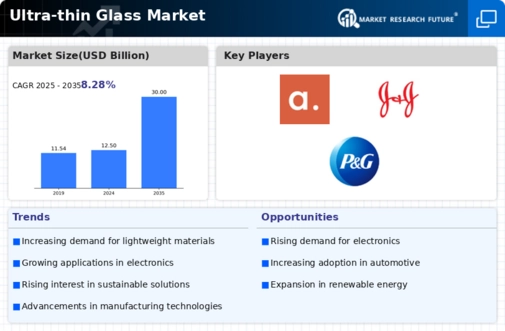
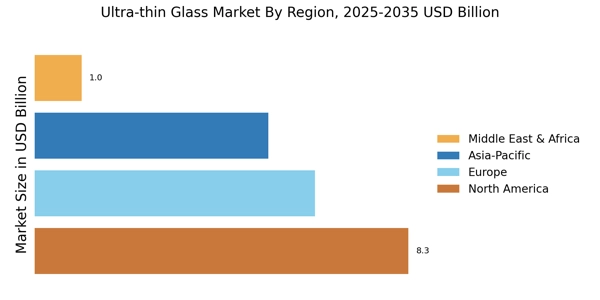

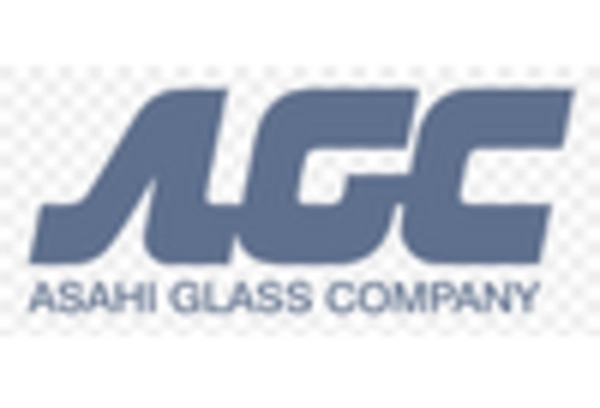
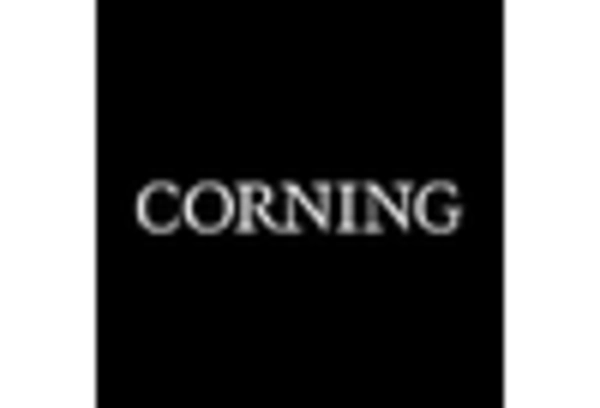
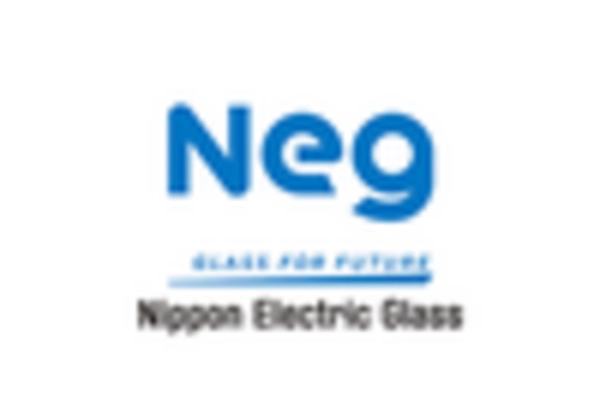
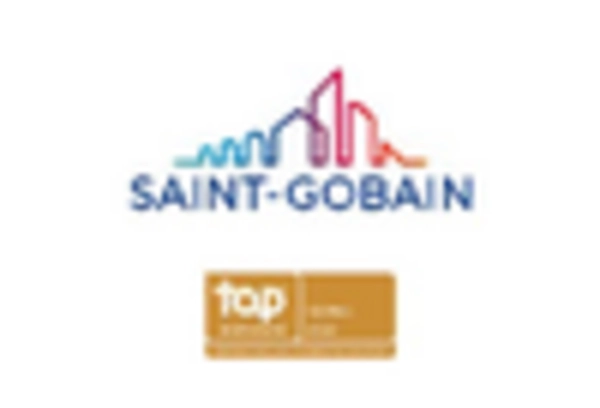
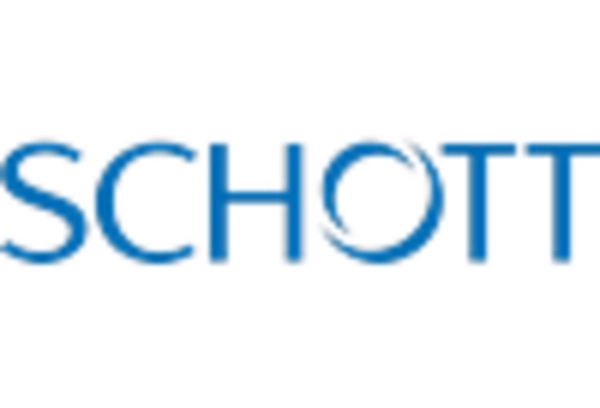








Leave a Comment